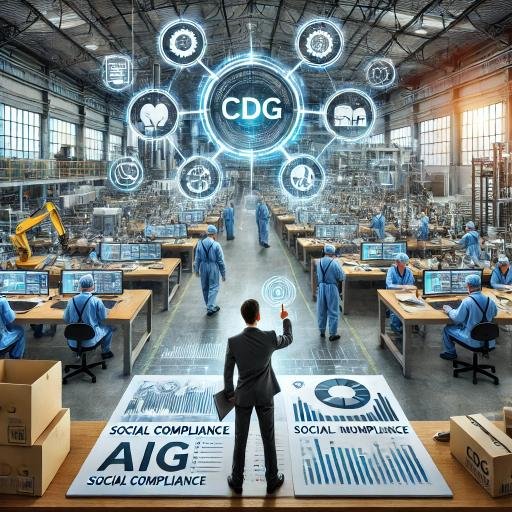The Role of Technology in Enhancing Social Compliance
In the modern business landscape, technology is increasingly becoming a pivotal tool for ensuring and enhancing social compliance. As companies strive to uphold ethical standards across their operations and supply chains, the use of advanced technologies can help streamline compliance processes, improve transparency, and ensure that companies meet the growing expectations of consumers, regulators, and stakeholders.
At CDG, we specialize in Social Compliance Audit services that integrate cutting-edge technology to provide businesses with comprehensive, efficient, and effective compliance solutions. In this blog post, we will explore the various ways technology enhances social compliance, offering practical tips and real-world examples to help businesses leverage these tools for better compliance outcomes.
Introduction: Why Technology Matters in Social Compliance
Social compliance refers to a company’s commitment to upholding ethical standards in areas such as labor practices, environmental sustainability, and human rights. As global supply chains become more complex and regulatory requirements more stringent, traditional methods of ensuring compliance are no longer sufficient. This is where technology comes in.
The integration of technology into social compliance processes offers numerous benefits, including real-time monitoring, improved data accuracy, and enhanced collaboration. By leveraging technology, companies can not only ensure compliance but also proactively manage risks and drive continuous improvement.
1. Streamlining Compliance Processes
One of the most significant ways technology enhances social compliance is by streamlining compliance processes. From automating data collection to simplifying audit management, technology makes it easier for companies to monitor and maintain compliance across their operations.
1.1. Automation of Data Collection and Reporting
Manual data collection is time-consuming and prone to errors, which can lead to incomplete or inaccurate compliance assessments. Technology automates these processes, ensuring that data is collected consistently and accurately across all business units and supply chain partners.
- Digital Platforms: Compliance management platforms enable companies to collect, store, and analyze compliance data in a centralized location. These platforms can automatically generate reports, track compliance metrics, and alert managers to potential issues.
Example: A global manufacturing company might use a digital compliance platform to automate the collection of data related to labor practices across its factories. The platform can generate reports that highlight any deviations from established standards, allowing the company to address issues promptly.
1.2. Simplified Audit Management
Managing audits, especially across multiple locations and suppliers, can be a complex and resource-intensive task. Technology simplifies audit management by providing tools for scheduling, conducting, and tracking audits more efficiently.
- Audit Management Software: These tools allow companies to schedule audits, assign tasks, and monitor progress in real-time. The software can also store historical audit data, making it easier to track improvements and identify recurring issues.
Practical Tip: Implement an audit management system that integrates with your existing compliance processes. This system should provide real-time visibility into audit status and enable seamless communication between auditors and management.
2. Enhancing Transparency and Accountability
Transparency and accountability are critical components of social compliance. Technology plays a key role in enhancing these aspects by providing tools that improve visibility into a company’s operations and supply chains.
2.1. Real-Time Monitoring and Analytics
Real-time monitoring tools allow companies to continuously track compliance metrics, identify potential risks, and respond to issues as they arise. This proactive approach reduces the likelihood of non-compliance and helps companies maintain high ethical standards.
- IoT and Sensor Technology: Internet of Things (IoT) devices and sensors can be used to monitor working conditions, environmental impact, and other compliance-related factors in real-time. This data can be analyzed to detect anomalies and trigger alerts if standards are not being met.
Example: A company that sources raw materials from multiple suppliers could use IoT devices to monitor the environmental impact of its supply chain in real-time. This data would help the company ensure that its suppliers adhere to environmental regulations and sustainability goals.
2.2. Blockchain for Supply Chain Transparency
Blockchain technology offers a secure and transparent way to track products and materials throughout the supply chain. By providing an immutable record of transactions and movements, blockchain helps ensure that all parties in the supply chain adhere to agreed-upon ethical standards.
- Supply Chain Tracking: Blockchain can be used to verify the origin of materials, ensure that labor practices meet compliance standards, and provide customers with information about the ethical sourcing of products.
Practical Tip: Consider integrating blockchain technology into your supply chain management systems to enhance transparency and provide verifiable proof of compliance. This technology can be particularly valuable for industries where ethical sourcing is a critical concern, such as apparel, food, and electronics.
3. Supporting Collaboration and Continuous Improvement
Technology also fosters collaboration between different stakeholders, including employees, suppliers, and regulators. By enabling better communication and data sharing, technology supports continuous improvement in social compliance.
3.1. Collaborative Platforms for Stakeholder Engagement
Collaborative platforms enable companies to engage with stakeholders more effectively, share compliance data, and work together to address compliance challenges. These platforms can be used to facilitate training, provide updates on compliance requirements, and solicit feedback from employees and partners.
- Stakeholder Collaboration Tools: Tools like shared dashboards, communication platforms, and online training modules help ensure that everyone involved in the compliance process is informed and aligned with the company’s goals.
Example: A company might use a collaborative platform to provide suppliers with access to training materials on ethical labor practices. The platform could also be used to collect feedback from suppliers and address any concerns they have about meeting compliance standards.
3.2. Continuous Improvement through Data Analytics
Data analytics tools allow companies to analyze large volumes of compliance data, identify trends, and make data-driven decisions to improve their practices. By continuously analyzing audit findings and compliance metrics, companies can refine their processes and enhance their compliance performance over time.
- Predictive Analytics: Predictive analytics can help companies anticipate potential compliance issues and take preventive measures. By analyzing historical data, companies can identify patterns that may indicate future risks and address them proactively.
Practical Tip: Use data analytics tools to regularly review your compliance performance and identify areas for improvement. This continuous review process helps ensure that your company is not only meeting current standards but also adapting to emerging challenges and regulations.
4. Mitigating Risks and Enhancing Resilience
In addition to improving compliance processes, technology also helps companies mitigate risks and enhance their overall resilience. By using technology to monitor and manage compliance, companies can reduce the likelihood of costly disruptions and protect their brand reputation.
4.1. Risk Management Tools
Risk management tools help companies identify, assess, and mitigate risks related to social compliance. These tools provide a comprehensive view of potential risks across the organization and supply chain, enabling companies to prioritize and address them effectively.
- Risk Assessment Software: This software can be used to evaluate the likelihood and impact of compliance risks, develop mitigation strategies, and monitor the effectiveness of these strategies over time.
Example: A company might use risk assessment software to evaluate the risks associated with sourcing materials from regions with weak labor laws. The software would help the company develop strategies to mitigate these risks, such as conducting more frequent audits or working with local NGOs to improve labor conditions.
4.2. Enhancing Resilience through Scenario Planning
Scenario planning tools allow companies to model different compliance scenarios and assess how they might impact the business. This forward-looking approach helps companies prepare for potential challenges and build resilience into their operations.
- Scenario Modeling: Use scenario modeling to explore the potential impacts of changes in regulations, market conditions, or supply chain disruptions on your compliance efforts. This planning helps ensure that your company is prepared for various outcomes and can maintain compliance even in challenging situations.
Practical Tip: Integrate scenario planning into your risk management strategy to ensure that your company is ready to respond to changes in the regulatory environment or other external factors that could impact compliance.
Embracing Technology for Enhanced Social Compliance
The role of technology in enhancing social compliance cannot be overstated. By streamlining processes, improving transparency, fostering collaboration, and mitigating risks, technology enables companies to maintain high ethical standards and respond proactively to the challenges of today’s business environment. As social compliance becomes increasingly important to consumers, investors, and regulators, leveraging technology is essential for any company committed to ethical business practices.



